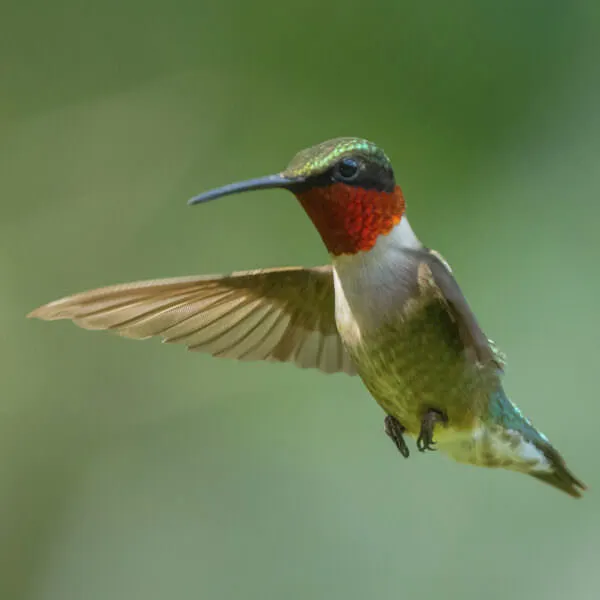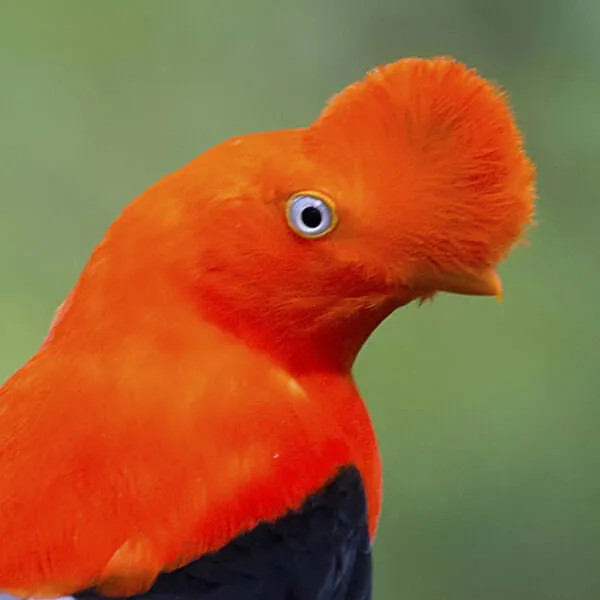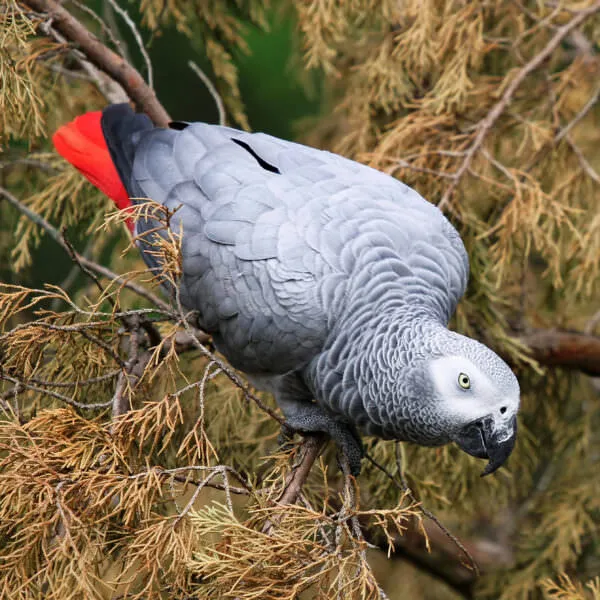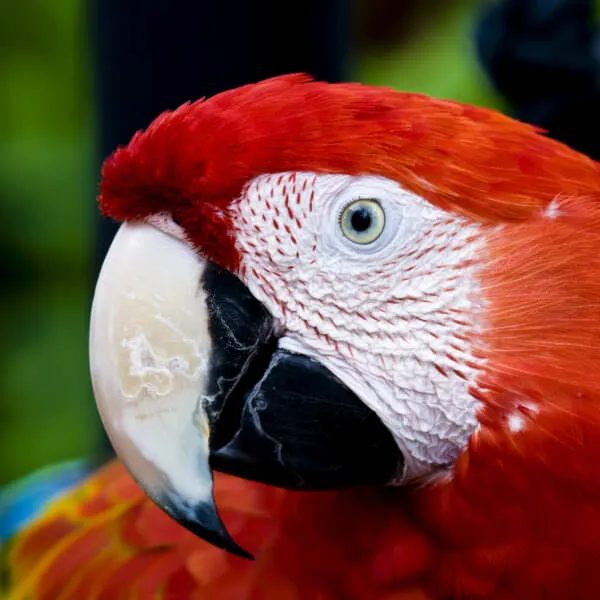Anatomy
Best known for its oversized bill, the keel-billed toucan is a large and colorful bird with black plumage, a bright yellow throat and cheeks, vibrant red feathers under its tail and a yellow-green face. Its light green, banana-shaped bill is splashed with orange and tipped with red and blue, and can grow to be a third of the size of the toucan’s 20-inch body. Though cumbersome looking, the bill is actually quite light because it is made of protein and supported by hollow bones. The toucan’s very broad wings, however, are heavy and make flight laborious.
We're All In
Together, we're building a future where people and nature thrive. Sign up today and join our movement...
Habitat
These unique birds are found in tropical and sub-tropical rainforests from southern Mexico to Venezuela and Colombia. The keel-billed toucan is crepuscular, meaning that it is most active during dawn and dusk. It lives in groups of six to twelve birds and rarely flies long distances because of its heavy wings—it is, however, quite agile hopping from branch to branch. The monogamous pairs make their nests in natural or wood-pecker created tree holes, taking turns incubating their eggs.
Diet
Keel-billed toucans feed mostly on fruits but are also known to eat insects, lizards, tree frogs and even eggs. They consume their food by grasping it with their bill and quickly flipping it up into the air and catching it in their mouths. They swallow their fruit whole and will regurgitate the larger seeds while the smaller ones pass through their digestive systems. This method means that toucans play an important role in the reproduction of the fruit trees they depend on. These beautiful birds are almost always seen feeding on fruits high up in the canopy; however, they will occasionally fly down to feed from the shrubs, or catch a lizard from the undergrowth.
Threats
The species is not currently listed as endangered, but it is threatened by human activity. Habitat loss is a constant menace to the species’ populations. They are sometimes still hunted for their meat and ornamental feathers. At one time, they were very popular in the pet trade but it has since been revealed that their poor disposition actually makes them bad pets. They’re valuable to Belize — where they are the national bird — bringing tourists who hope to catch a glimpse of their stunning plumage.
Sources
- Jukofsky, Diane. Encyclopedia of Rainforests. Connecticut: Oryx Press, 2002.
- „Ramphastos sulfuratus,“ IUCN Red List website, 2012
- University of Michigan — Museum of Zoology



